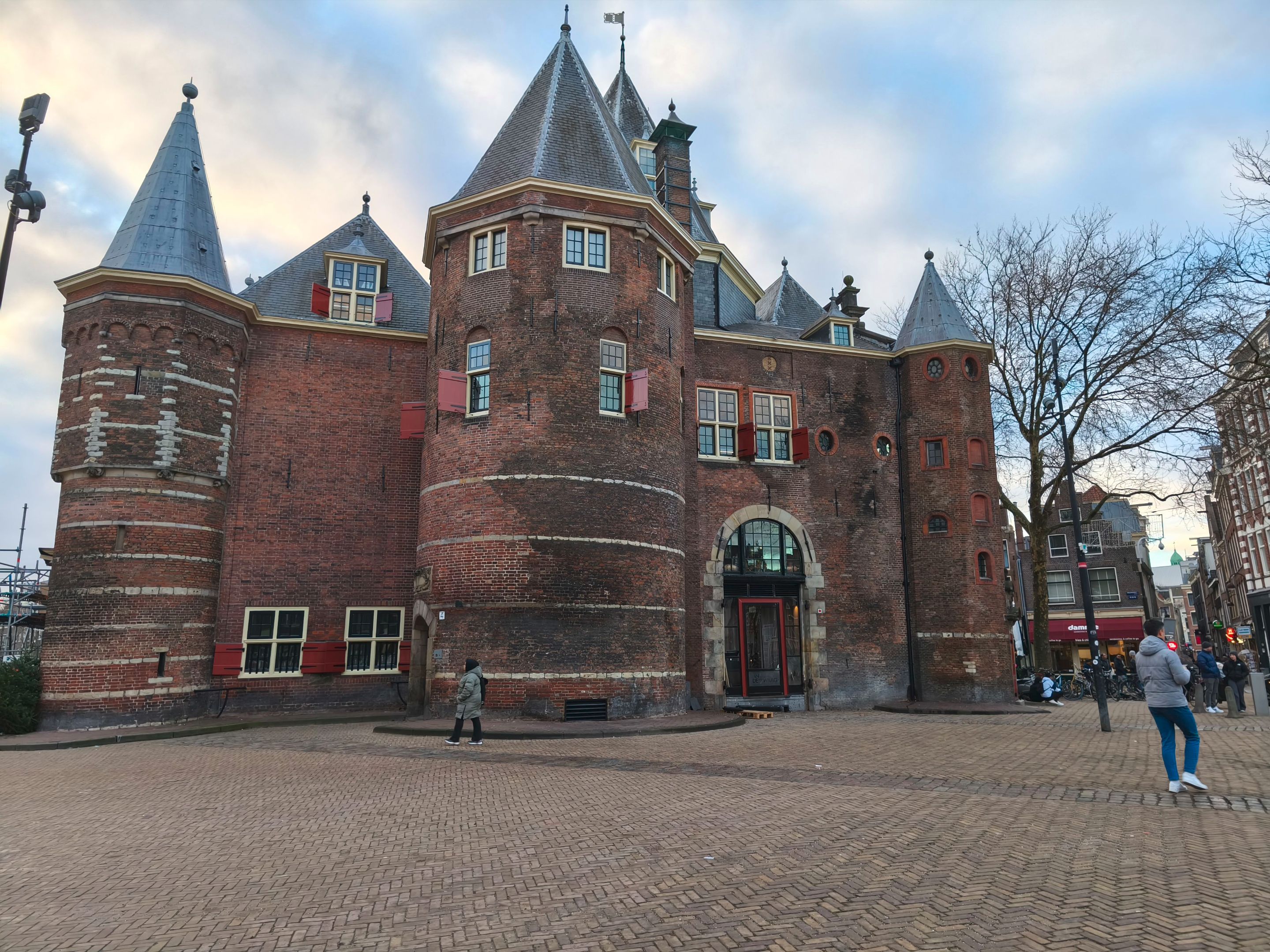The Waag is one of the most fascinating and historic buildings in Amsterdam. Located on the Nieuwmarkt square, it looks like something straight out of a fairytale with its towers and medieval charm. But beyond its picturesque appearance, The Waag hides many stories that most visitors don’t know about. Here are five cool facts about this iconic building:

1. It Was Originally a City Gate
The Waag wasn’t always the cozy café and cultural spot it is today. Built around 1488, it was originally known as the Sint Anthoniespoort, one of the main gates into Amsterdam when the city was still much smaller. As the city expanded, the gate lost its defensive function and was transformed into something completely different.
2. It Became Amsterdam’s Weigh House
After the city walls were demolished, the building was repurposed as a weigh house (“Waag” in Dutch). Merchants brought their goods here—everything from spices to silk to cheese—to be weighed fairly before being sold. This gave the building a central role in Amsterdam’s booming trade era during the Golden Age.
3. Famous Anatomical Lessons Took Place Here
One of the most unusual uses of The Waag was as a site for public anatomical dissections. The Surgeons’ Guild occupied part of the building, and students, doctors, and even curious citizens could attend dissections. The most famous example is Rembrandt’s painting The Anatomy Lesson of Dr. Nicolaes Tulp (1632), which depicts a real event that took place here.
4. Home to Many Guilds
The Waag wasn’t only about weighing goods and medical dissections. The building also hosted a variety of Amsterdam’s guilds, including blacksmiths, masons, and painters. Each guild had its own hall, making the Waag a true center of professional and social life in the city.
5. It’s Older Than the Amsterdam Stock Exchange
While the Amsterdam Stock Exchange (1602) is often highlighted as a world first in financial history, The Waag predates it by more than a century. Its transformation from gate to weigh house mirrors the city’s growth from a medieval town into a global trading power.
The Waag today is a place to grab a coffee, dine, or simply admire its architecture, but its walls still carry centuries of fascinating history. Next time you walk past it on Nieuwmarkt, you’ll know there’s a whole world of stories hidden inside.